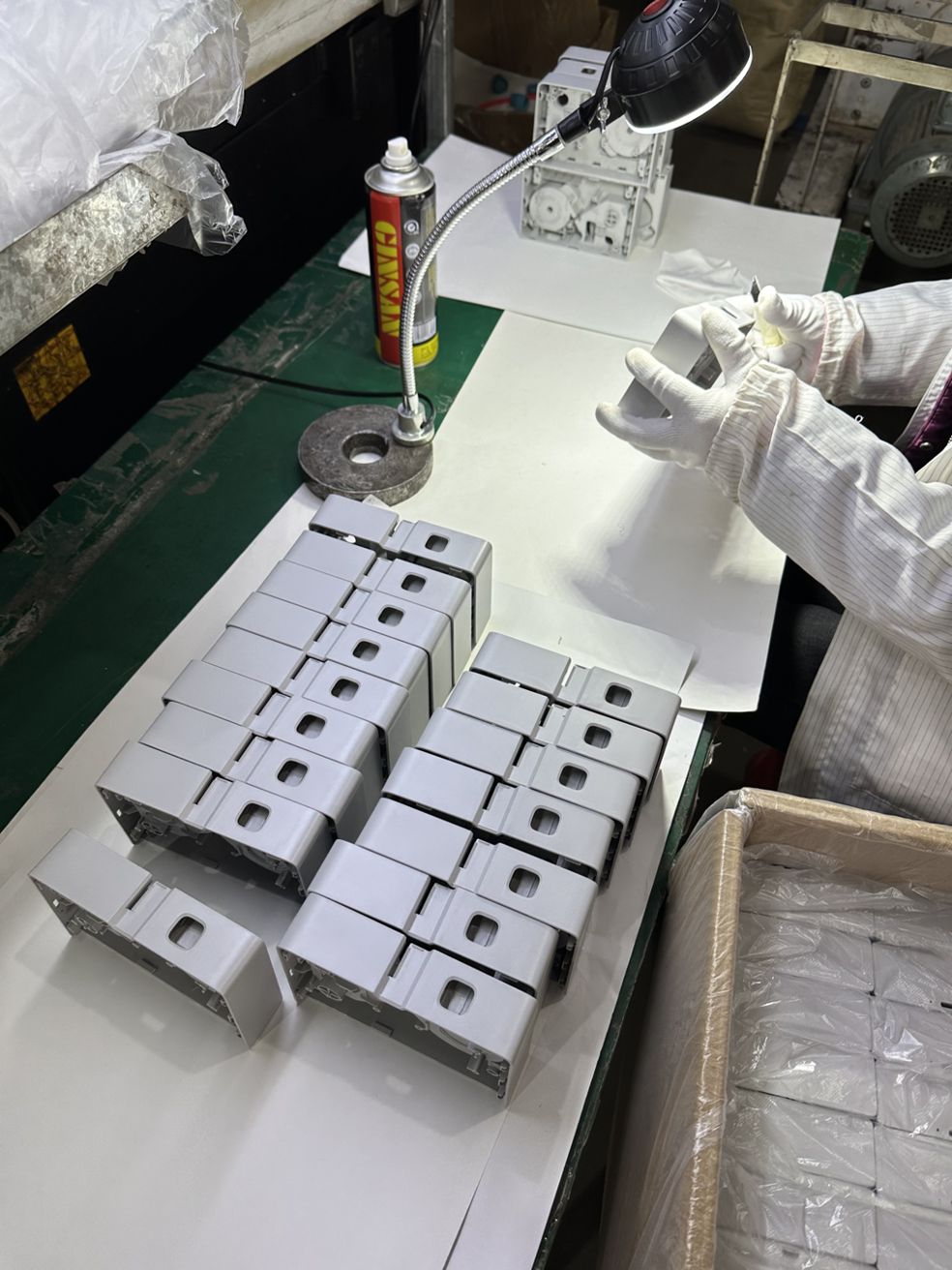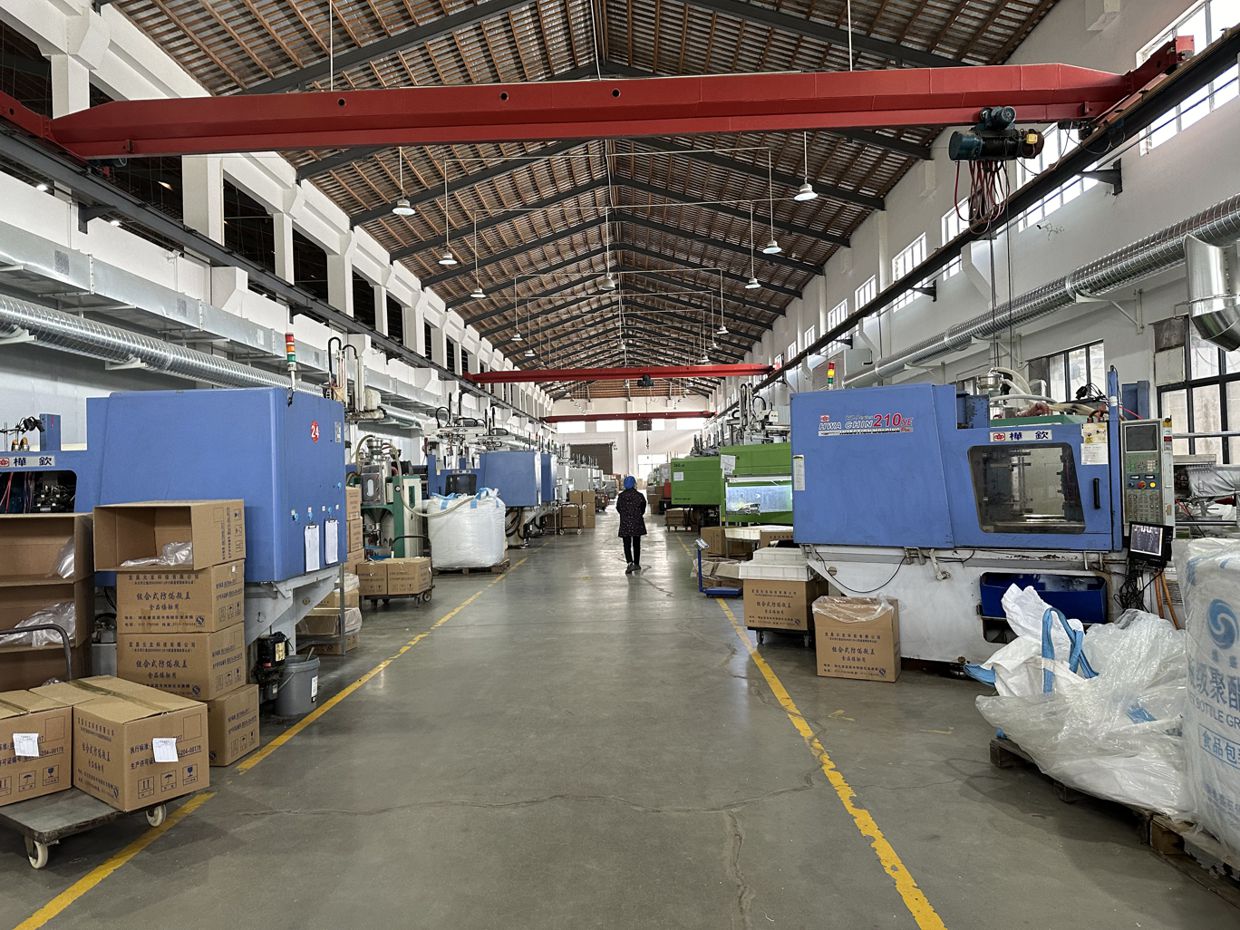The price of injection moulding varies with every project. The initial upfront costs of the tooling are high, so the greater the number of parts being produced, the lower the overall unit costs. This is because tooling costs can be shared across more parts. Mass-produced parts often use injection moulding as it is the most economical and timely way to produce plastic parts at high volumes.
Injection moulding is excellent at mass-producing parts with a quick turnaround and a low cost. Through careful planning and adaptation throughout the injection moulding process, you can reduce the plastic injection moulding cost without sacrificing quality, consistency or lead time.
The initial costs of setting up injection moulding are usually more expensive, as this will include the designing and manufacturing of the mould. This is why injection moulding is only suitable for mass-produced products, as, over time, this will reduce the overall unit costs.
There are several main cost drivers with injection moulding projects. Consequently, you can apply general best practices to reduce the costs of injection moulding projects whilst still producing high-quality parts.
Larger production runs benefit from economies of scale which reduces unit costs. However, larger production runs may not be suitable depending on budgets and requirements as they often result in surplus stock and waste. This guide analyses the key influencers that affect the cost of injection moulding projects and offers cost-saving solutions throughout the injection moulding process.
Injection moulding machine costs are determined by various factors, including:
· Complexity of design
· Material type
· Part size
· Cycle time
· Surface finishes and tolerances of the finished product
· Shipping and logistics
Below are some of the easiest ways to reduce costs in injection moulding.

The materials used in injection moulding can play a large part in determining the final cost. Some parts have more flexibility on the type of material used. Therefore, be sure to look into your options and choose a suitable material for your finished product. Depending on the plastic thickness, weight, quality and the desired requirements for your final product, you can save considerable money.
The cheapest injection moulding plastics include ABS (acrylonitrile butadiene styrene), PP (polypropylene) and HIPS (high impact polystyrene). It is also worth considering using recycled material if the product does not require virgin material, it could offer a cost-saving and win for sustainability.
The material the metal mould is produced from can significantly affect the tooling costs. Quality moulds cost more money however, with this additional cost comes a greater likelihood that the mould will produce high-quality parts for a longer time frame.
It’s important to remember that cheap moulds will require maintenance and may wear faster depending on the machining process and complexity of the final design. It is important to estimate the expected lifespan of the tool and match this to the expected demand forecast of your plastic parts.
Designers also need to factor in the machine cycle time and labour costs when designing parts for injection moulding. Longer cycle times means more machine maintenance and labour costs, which will result in an increased final price; factor this into your costings early on to avoid being caught short. Cycle time can be reduced in several ways. Widely speaking, some plastics are easier to mould than others, and thinner features will have a faster cooling rate. These factors can drive down costs. If you are unsure, it is best to experiment with different materials before finding one that gives you the quality finish you want at a price you can work with.
Although large parts of the injection moulding process are machine-driven, there are additional labour costs to oversee and execute the injection moulding process. This includes developing and designing the mould and managing the manufacturing process. Being experienced with the machine and being able to identify and adjust certain variables as and when needed (injection speed, holding time, etc.) will minimise the risk of human error, meaning your final product will be of a high-quality finish. Choosing the right company and people to partner with will ultimately reduce rejection rates and associated costs further down the line.
Labour costs, capacity, and skill can fluctuate and vary across the globe, and there are certainly opportunities to reduce costs by looking internationally. A common option is to manufacture the tooling internationally in a country like China and then mould the parts locally in the domestic market, cutting down on transport costs and lead times, making both the tooling and delivered part costs attractive. Although do bear in mind that international suppliers can hamper communication. An alternative is to use a Manufacturing as a Service provider such as Dusun who can harness international prices whilst still providing excellent UK based customer service.
Product designers should always consider the ways cost can be reduced through optimising their designs. The mould design is vital in reducing injection moulding costs as every injection moulding tool is custom-made. By optimising the design, you can ensure overall efficiency. Generally speaking, the larger the part, the higher the cost. Smaller parts will naturally take less time to cool, reducing the cycle time. A faster cycle time results in lower overhead costs, as well as labour costs. The following section will outline some of the design changes that can be made to optimise your injection moulding parts.

Undercuts require more complex tooling, such as sliding cores. Eliminating undercuts can lower tooling costs and avoid additional time working on the mould. For example, the clip feature on the left below is complex to injection mould due to the undercut present. The undercut is removed by adding a slot underneath the clip feature, and the part can be tooled far more easily.
Some features are ‘nice-to-have’ such as moulded part numbers, company logos and textured surfaces. Of course, depending on the calibre of the product and the customer, these additional requirements may be necessary. But if the final design is acceptable without these elements, it is an easy way to reduce the costs.
Although cosmetic finishes can be a good addition to the final product, improving quality, elevated cosmetic touches and textured surfaces drive up tooling costs and may require additional elements such as bead blasting, photo etching textures or mirror polish.
If it is necessary to include permanent part numbers for the design, for instance, within the aerospace industry, then use mill-friendly fonts. Using a mill-friendly font as opposed to a more complex, difficult to machine font is another simple way to reduce costs. Mill friendly fonts are fonts that are sans serifs, such as Arial, Calibri, and Verdana. With part numbers, avoid depths of more than 0.4 mm and aim to keep the font size above 20pt so that the numbers are legible. Using these sizes limits machine time and complexity of the machine run, again minimising costs.
To ensure the mould cools at a sufficient rate, make sure that the mould is insulated from hot runners and reduce the mould thickness wherever possible while keeping it consistent. A knowledgeable injection moulding company will design an optimised mould design based on your parts and requirements.
The type of plastic used in the injection moulding process can significantly affect the final costs. Furthermore, additives (such as flame retardants and plasticisers) and colour pigments increase the price. Generally, the more demanding the product requirements, the greater the material costs.
Smart injection moulding machines and technology allow for automation that ensures the moulding process is streamlined. Automation can also reduce lead times by allowing for 24-hour continuous production. Automation can offer additional savings as it reduces ongoing labour costs. Human error is also significantly reduced with the use of automation, reducing costs arising from quality issues.
To find out more about injection moulding services and costs from Dusun, contact us for a free quote, get in touch with our team.
Contact: Ms Tao
Phone: +86 15997668818
E-mail: sales@hbdusun.com
Add: Room 606, 6th Floor, Building 3, No.6 Gangcheng Road, Yichang High-tech Zone, Hubei Province,China